Venice is a city in northeastern Italy and the capital of the Veneto region. It is built on a group of 126 islands that are separated by expanses of open water and by canals; portions of the city are linked by 472 bridges. The islands are in the shallow Venetian Lagoon, an enclosed bay lying between the mouths of the Po and the Piave rivers (more exactly between the Brenta and the Sile). In 2020, around 258,685 people resided in greater Venice or the Comune di Venezia, of whom around 51,000 live in the historical island city of Venice (centro storico) and the rest on the mainland (terraferma). Together with the cities of Padua and Treviso, Venice is included in the Padua-Treviso-Venice Metropolitan Area (PATREVE), which is considered a statistical metropolitan area, with a total population of 2.6 million.
The name is derived from the ancient Veneti people who inhabited the region by the 10th century BC. The city was historically the capital of the Republic of Venice for almost a millennium, from 810 to 1797. It was a major financial and maritime power during the Middle Ages and Renaissance, and a staging area for the Crusades and the Battle of Lepanto, as well as an important centre of commerce — especially silk, grain, and spice, and of art from the 13th century to the end of the 17th. The city-state of Venice is considered to have been the first real international financial centre, emerging in the 9th century and reaching its greatest prominence in the 14th century. This made Venice a wealthy city throughout most of its history. For centuries Venice possessed numerous territories along the Adriatic Sea and within the Italian peninsula, leaving a significant impact on the architecture and culture that can still be seen today. The Venetian Arsenal is considered by several historians to be the first factory in history, and was the base of Venice's naval power. The sovereignty of Venice came to an end in 1797, at the hands of Napoleon. Subsequently, in 1866, the city became part of the Kingdom of Italy.
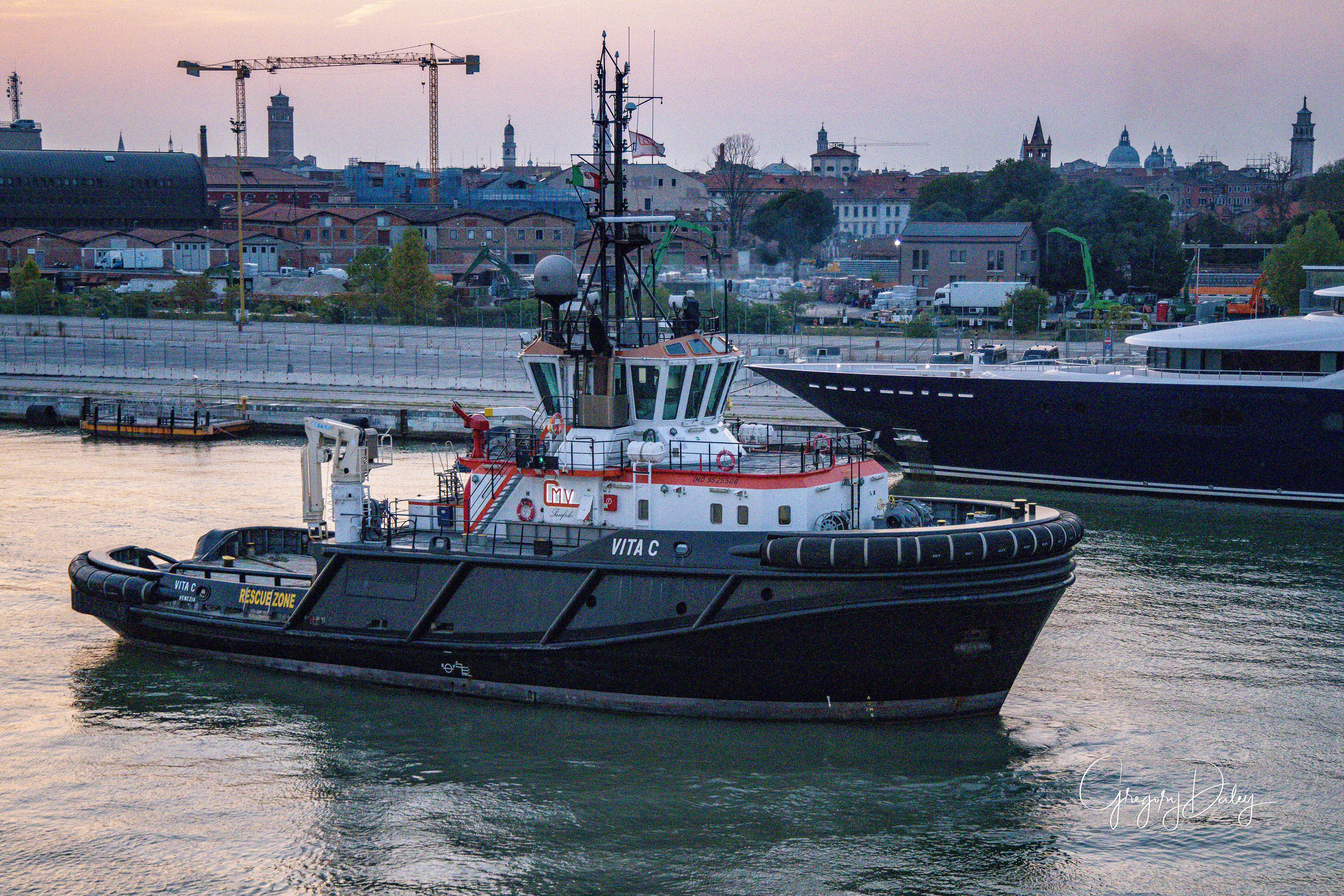




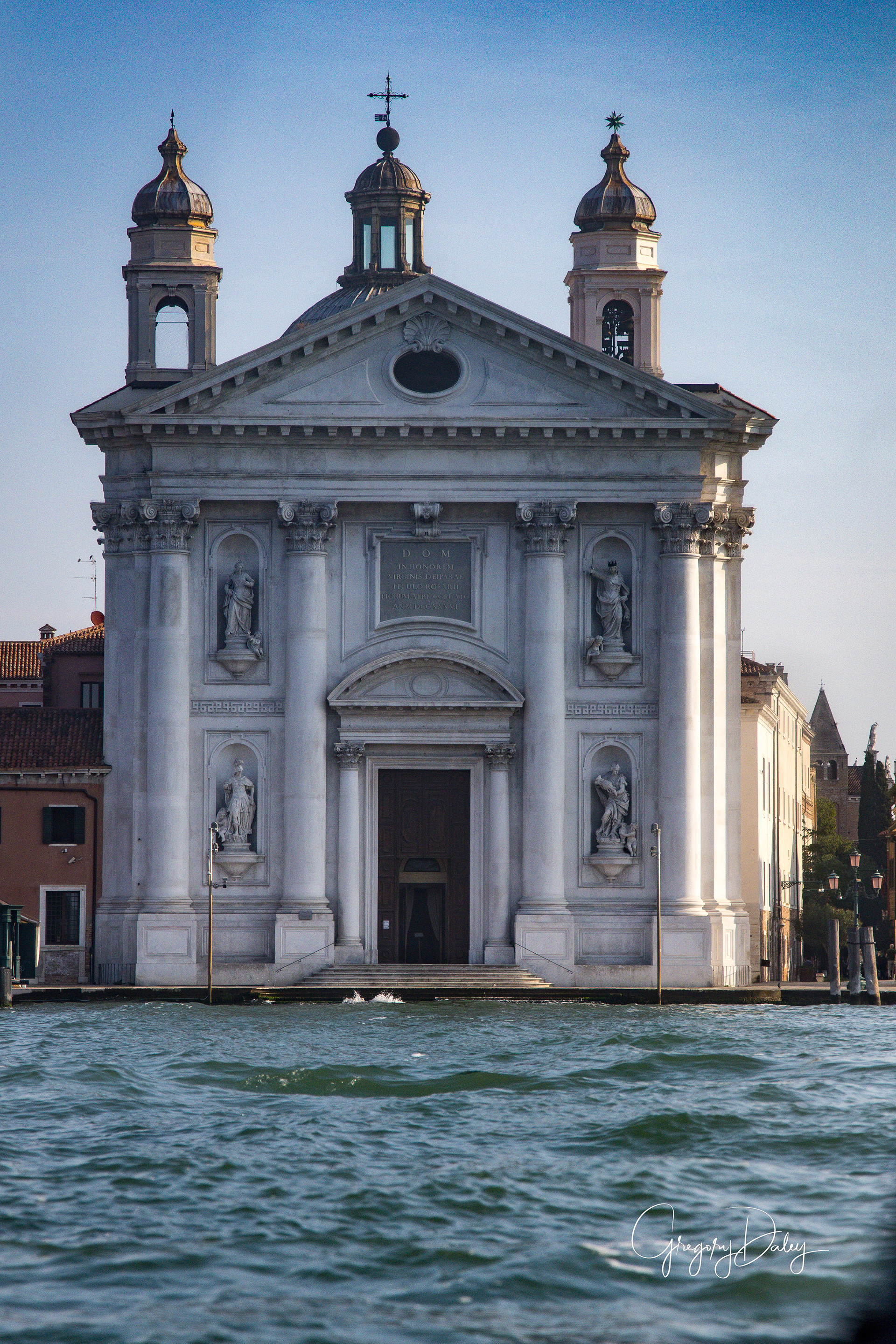











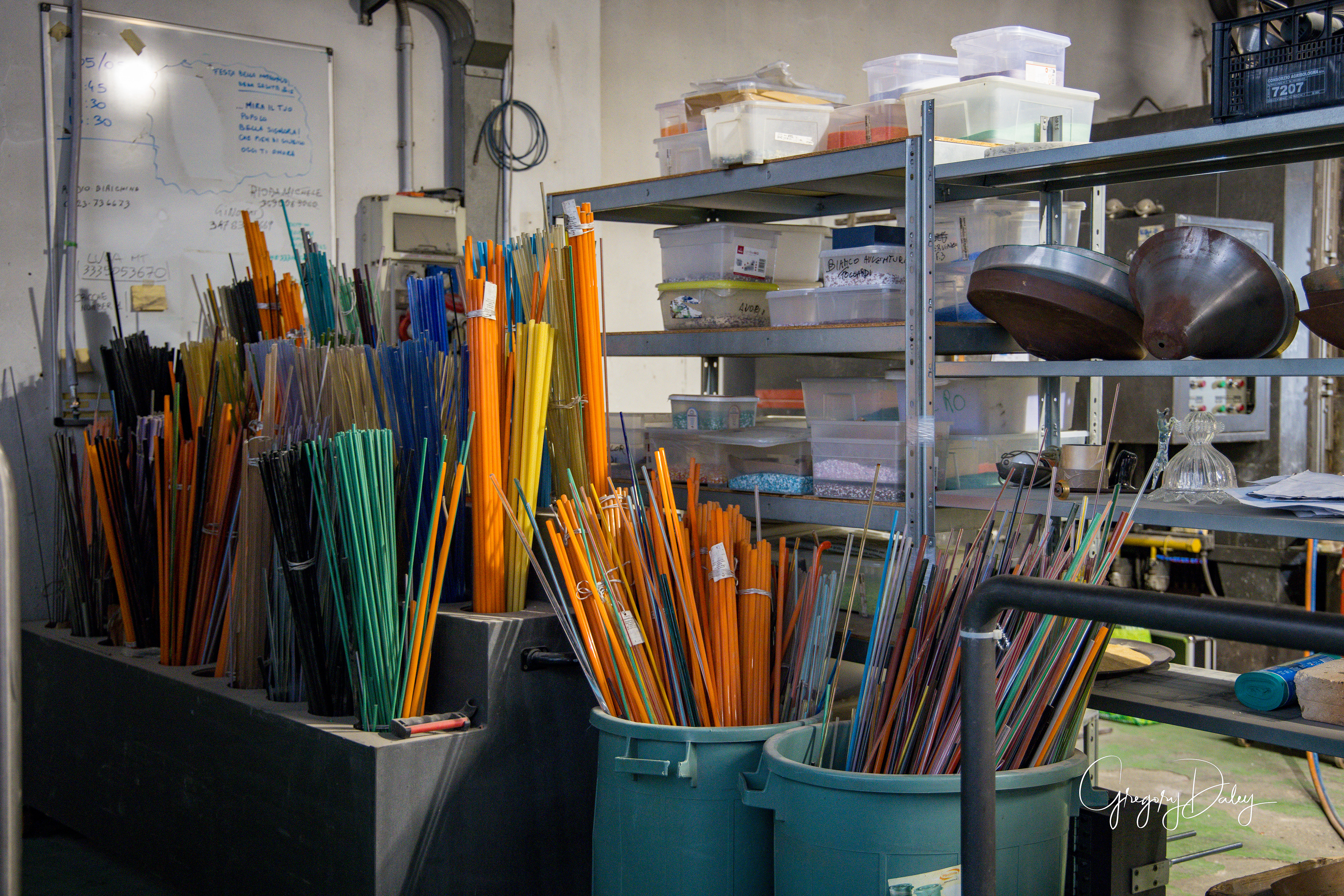





































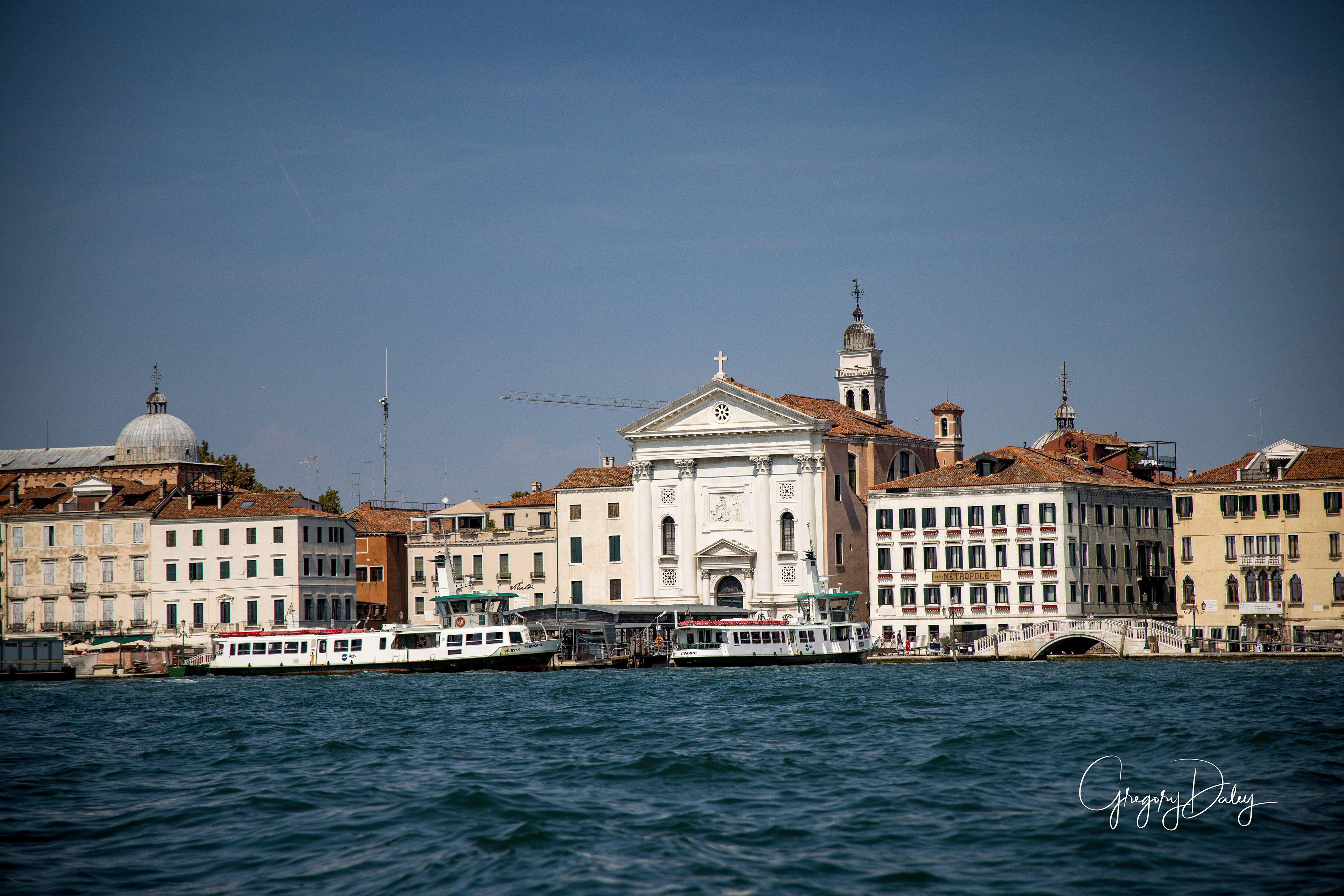

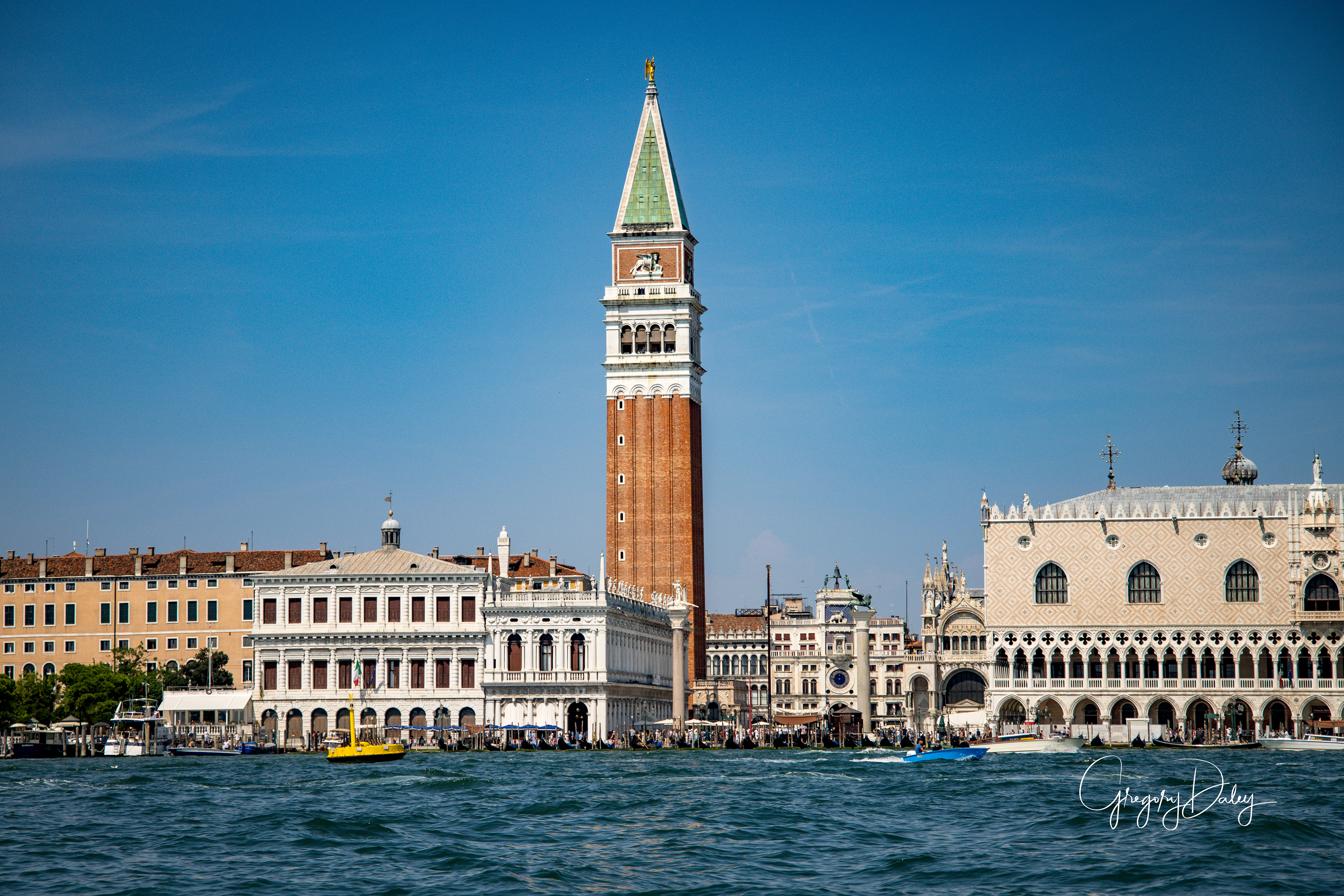

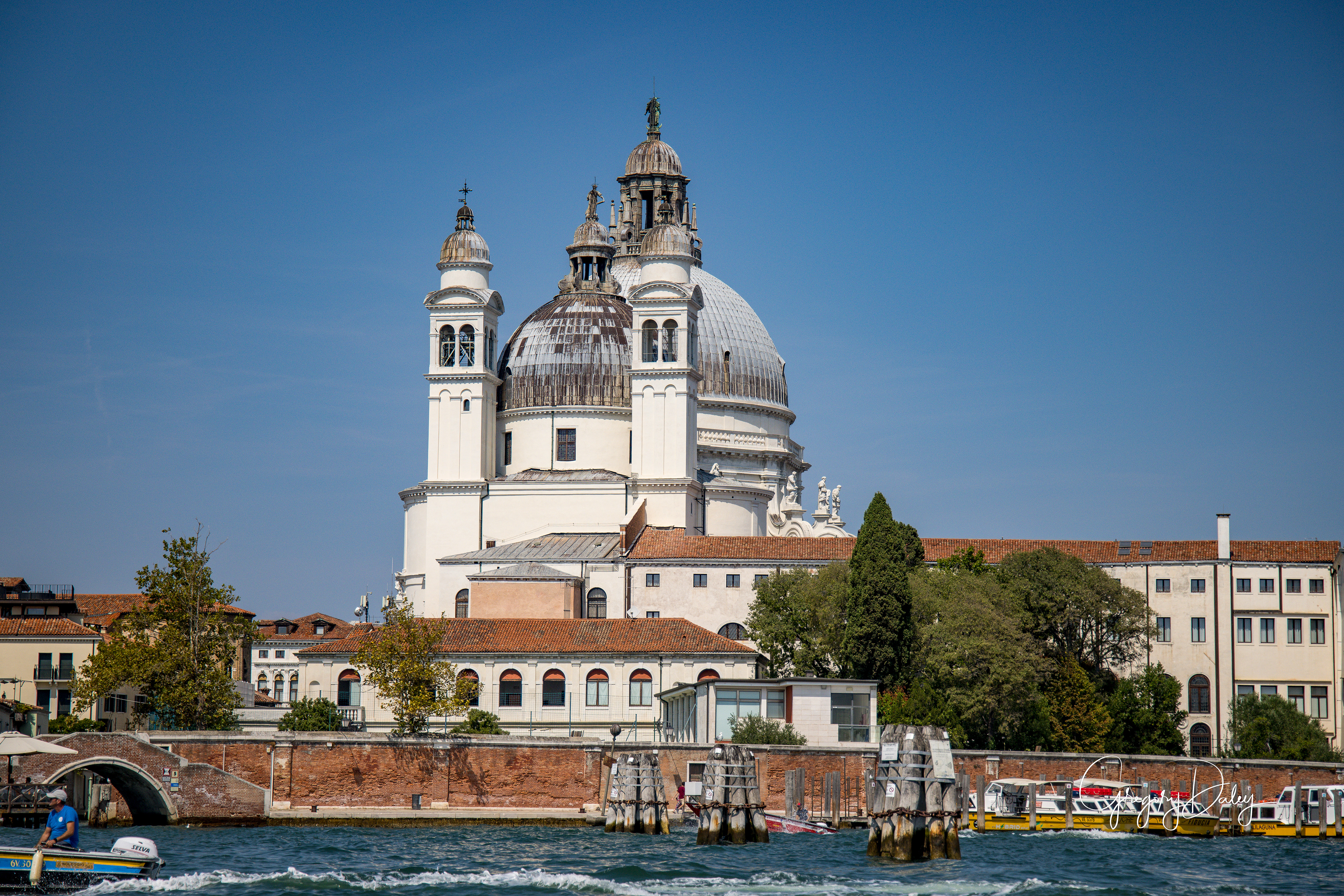















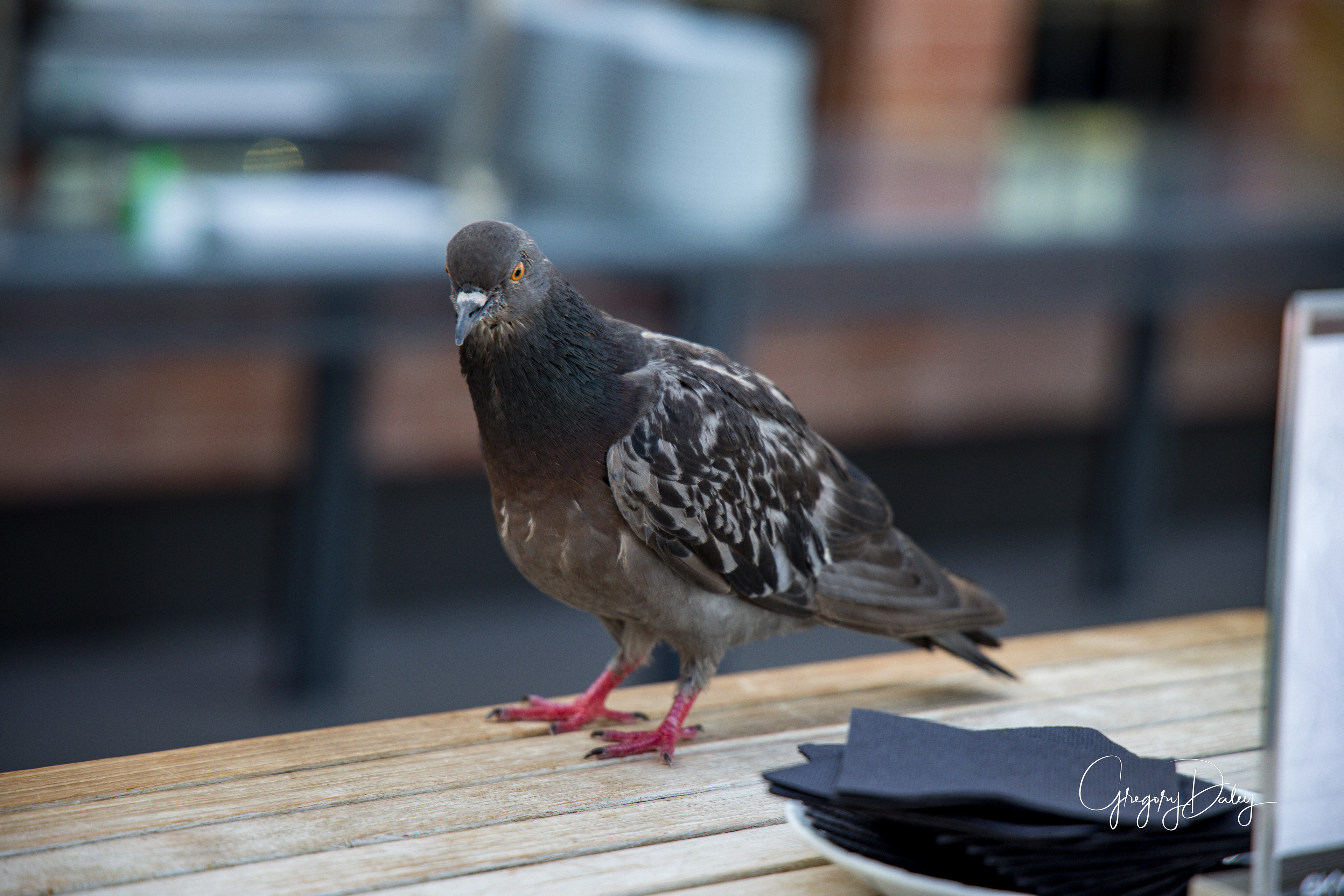
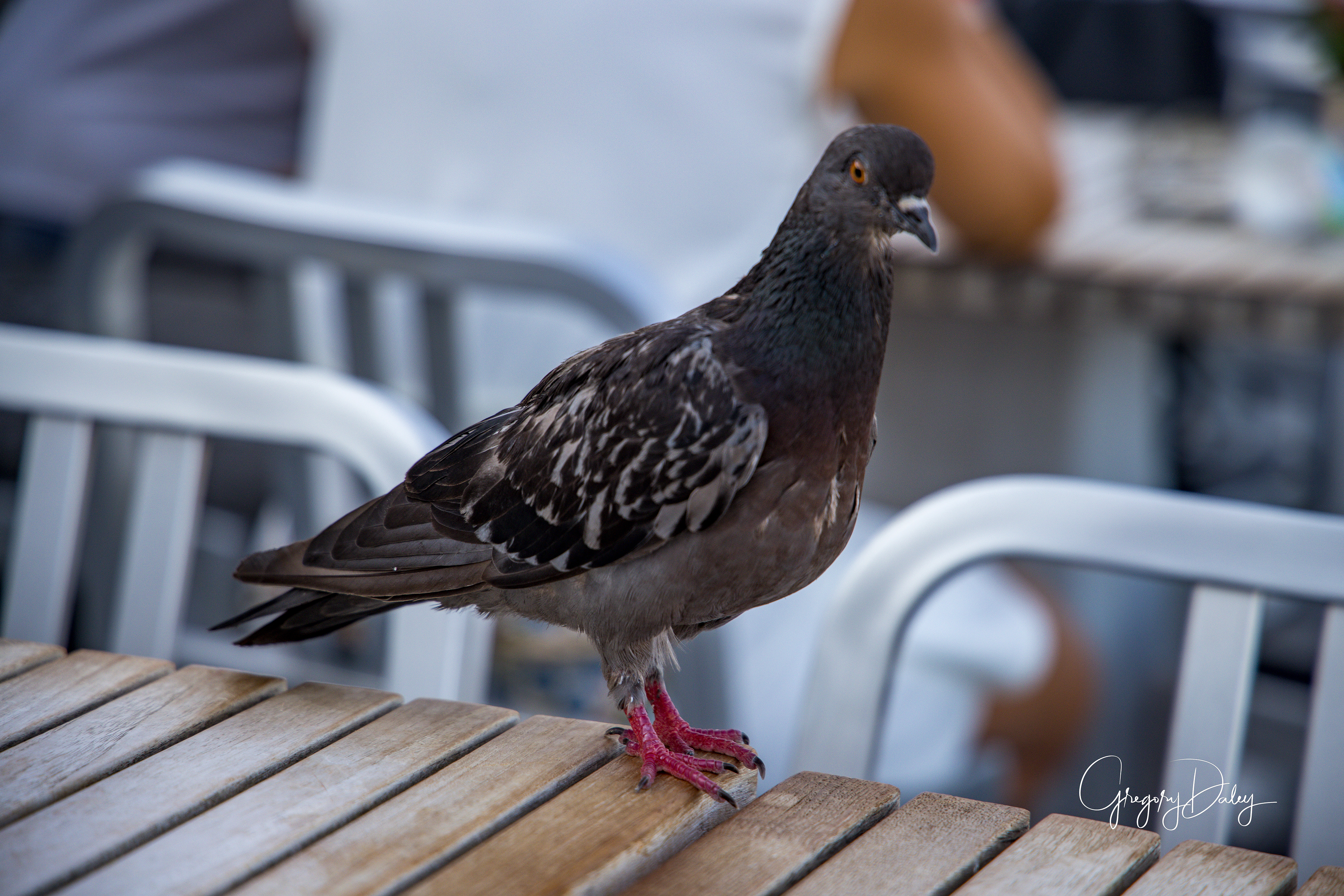






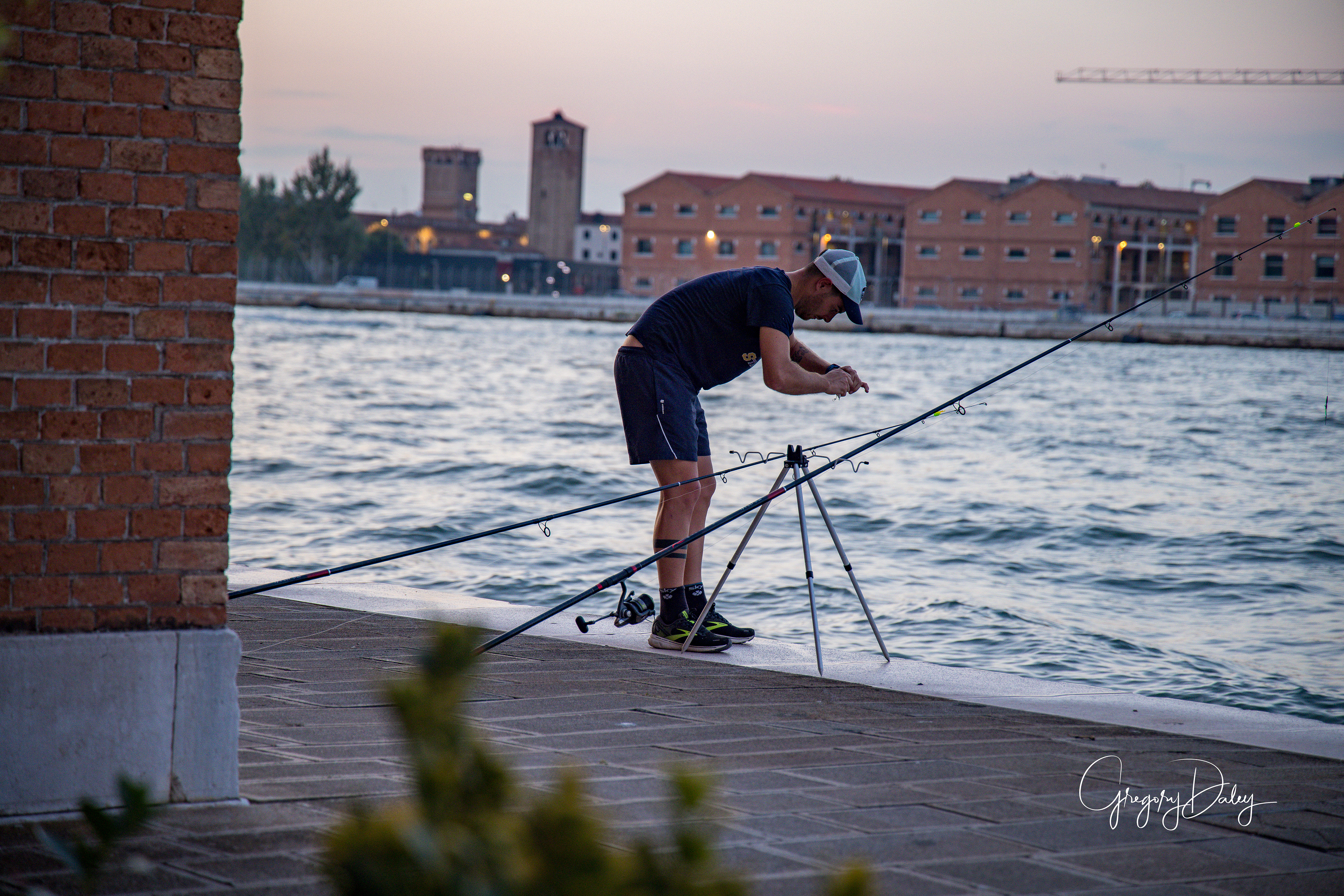








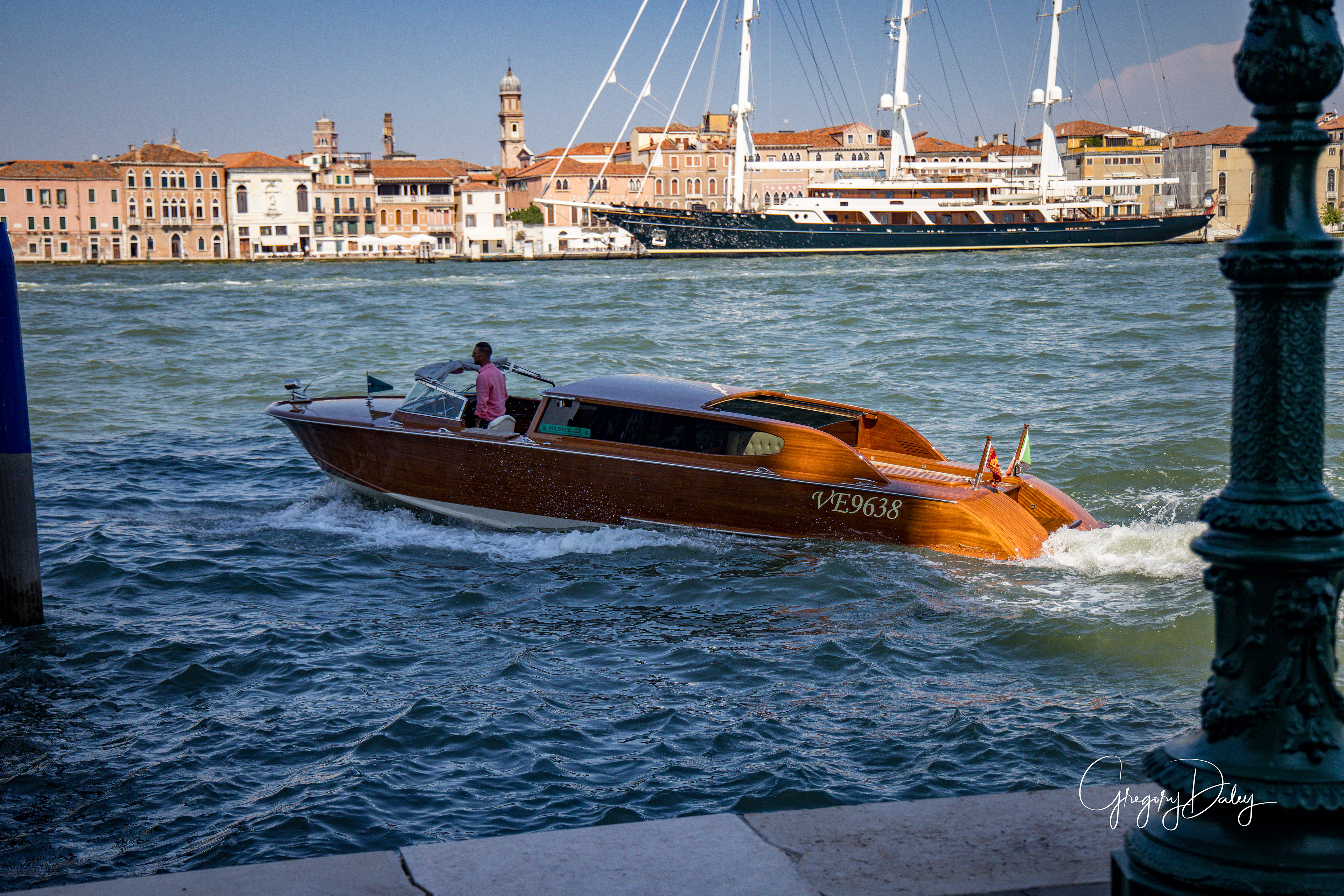


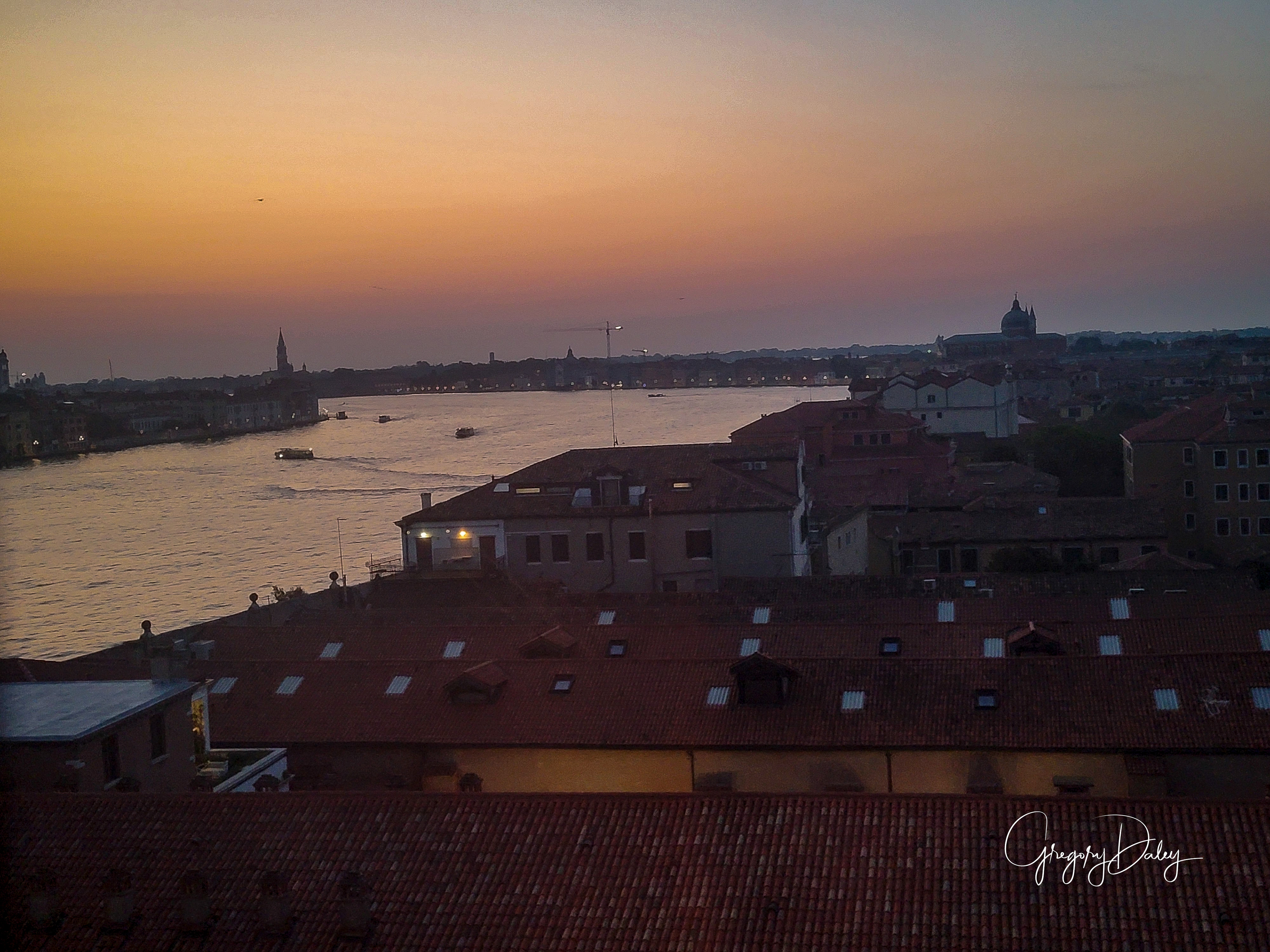





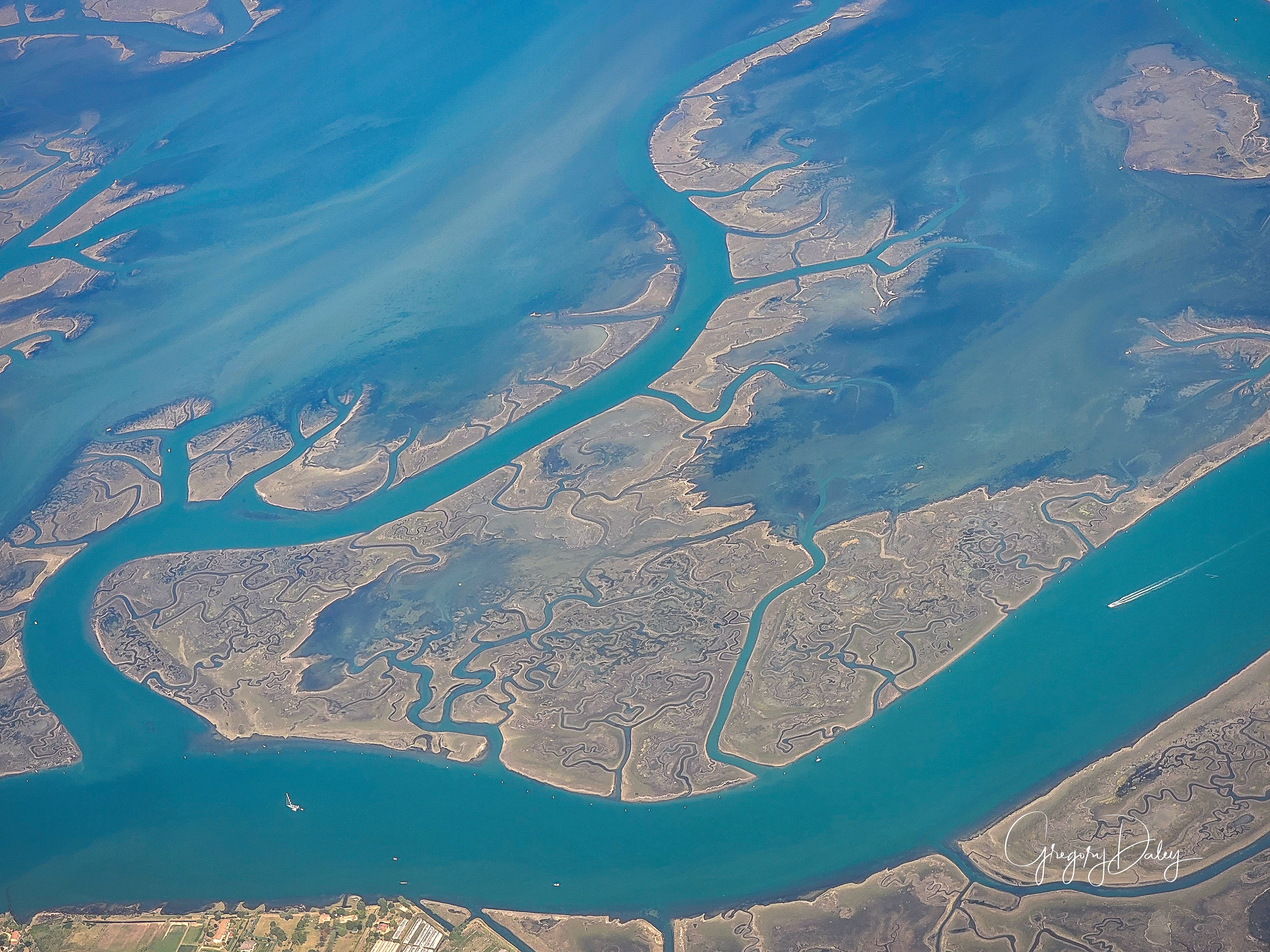




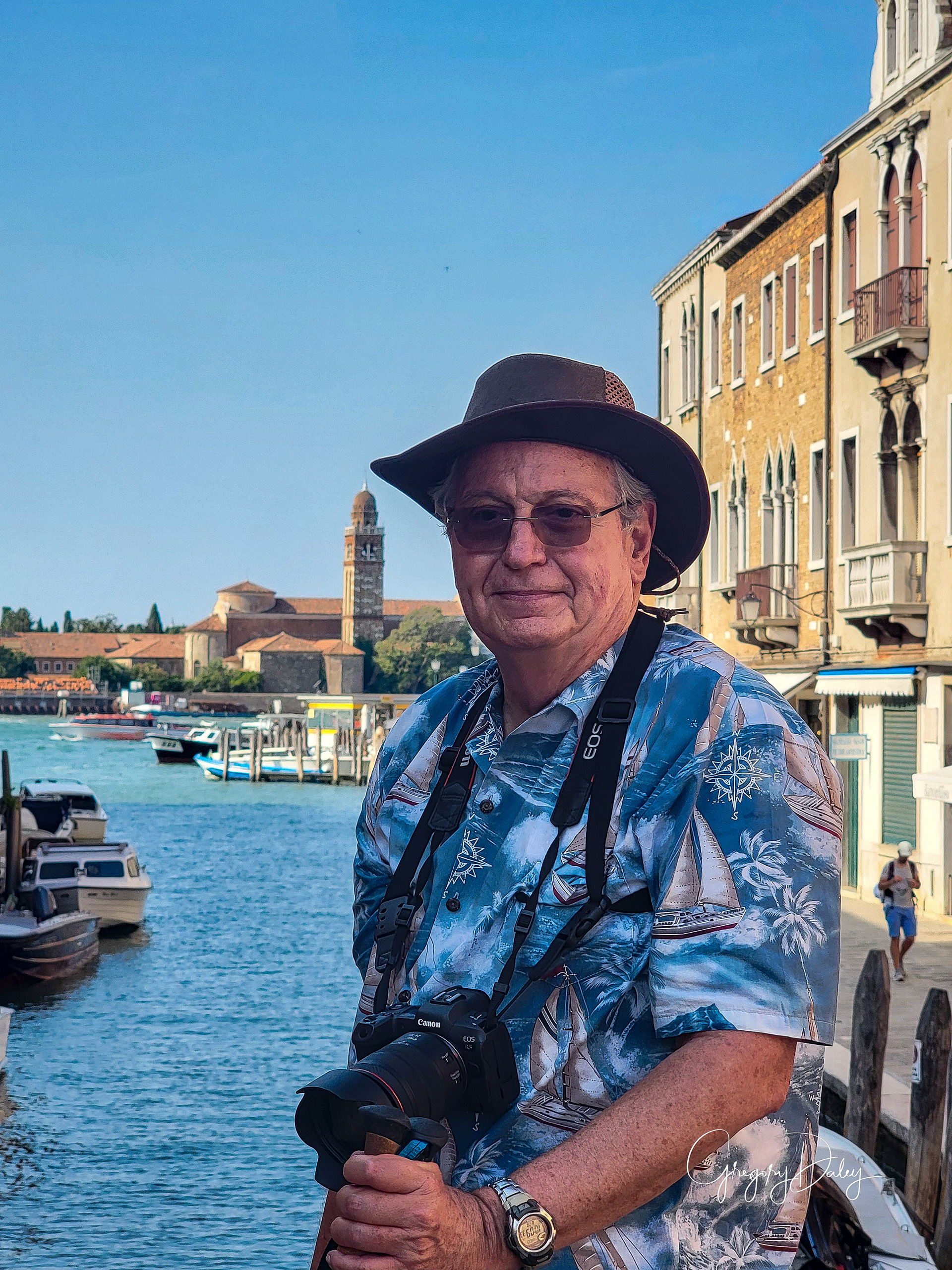



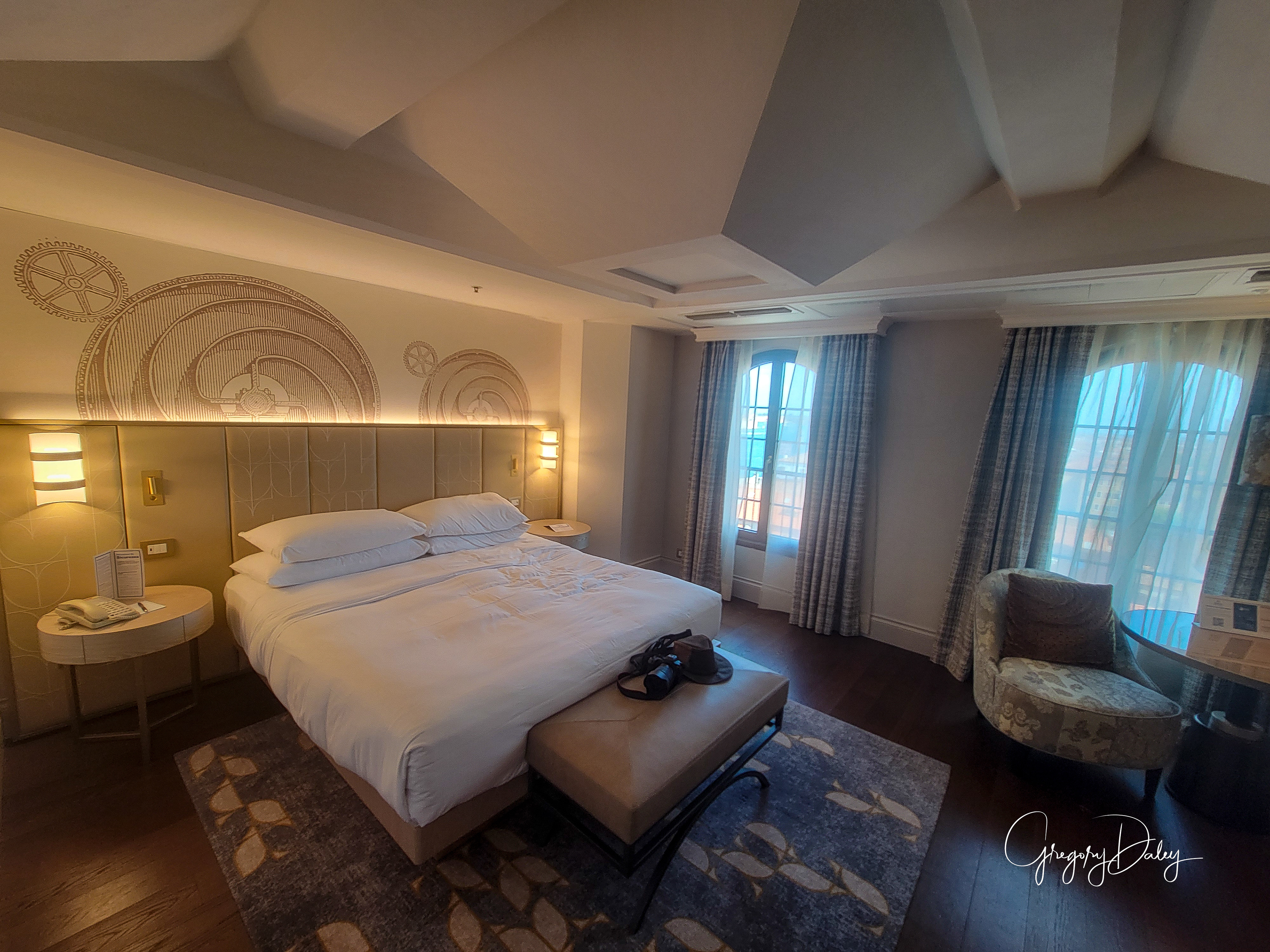










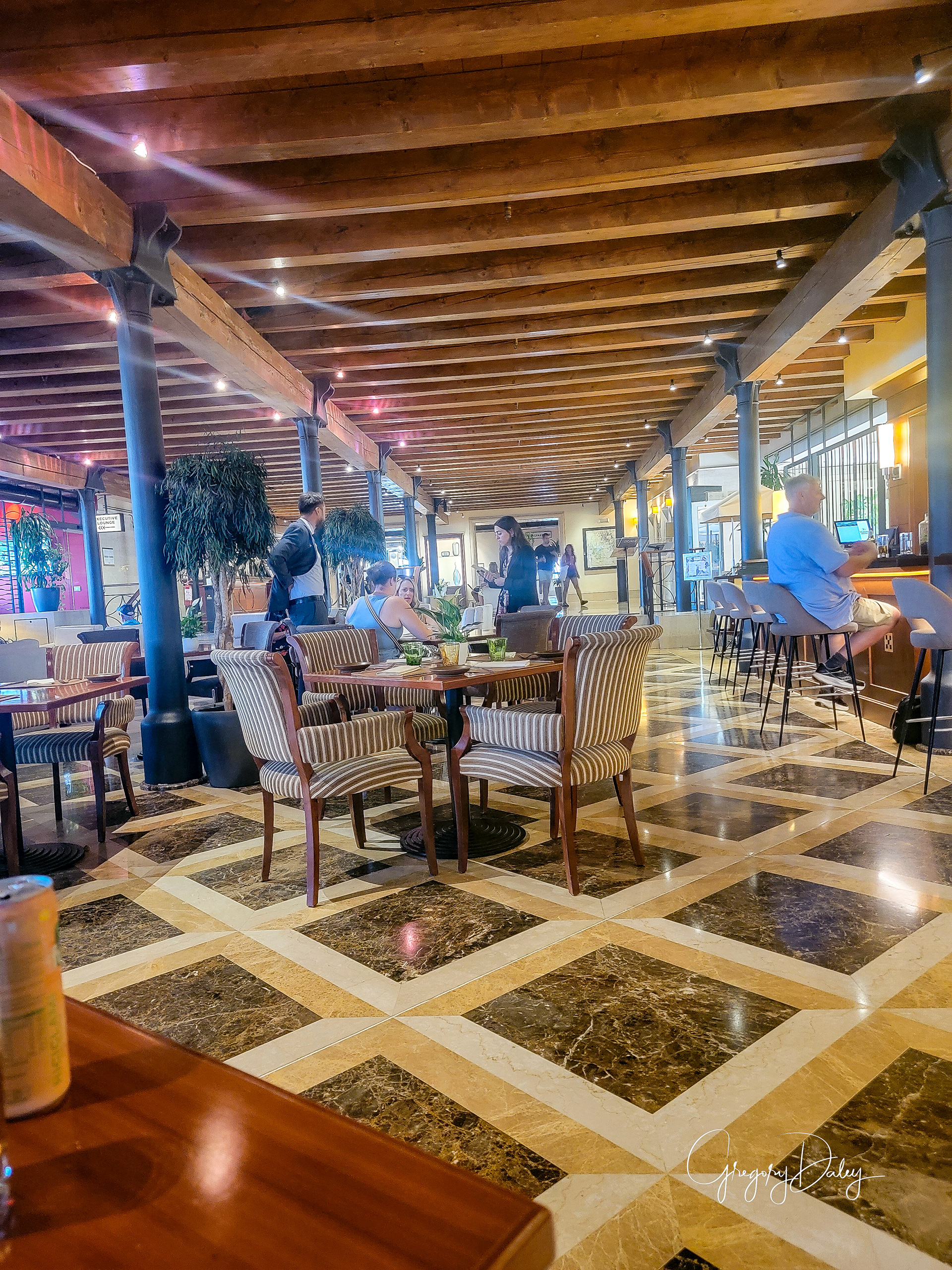














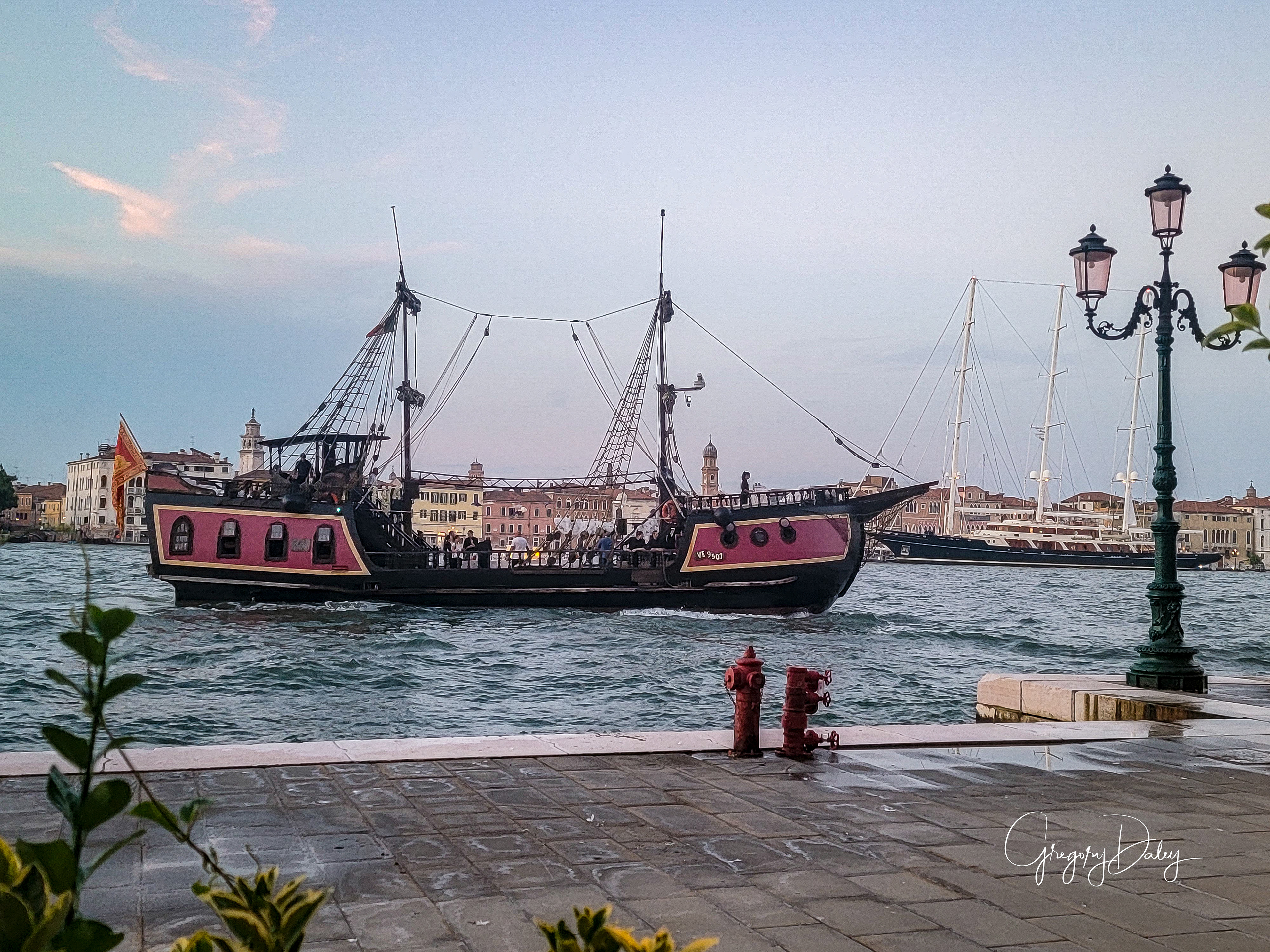





Venice has been known as "La Dominante", "La Serenissima", "Queen of the Adriatic", "City of Water", "City of Masks", "City of Bridges", "The Floating City", and "City of Canals". The lagoon and the historic parts of the city within the lagoon were inscribed as a UNESCO World Heritage Site in 1987, covering an area of 173,410 acres. In view of the fact that Venice and its lagoon are under constant threat in terms of their ecology and the safeguarding of the cultural heritage, Venice's UNESCO listing has been under constant examination by UNESCO. Parts of Venice are renowned for the beauty of their settings, their architecture, and artwork. Venice is known for several important artistic movements – especially during the Renaissance period – and has played an important role in the history of instrumental and operatic music; it is the birthplace of Baroque composers Tomaso Albinoni and Antonio Vivaldi.
In the 21st century, Venice remains a very popular tourist destination, a major cultural centre, and has been ranked many times the most beautiful city in the world. It has been described by The Times as one of Europe's most romantic cities and by The New York Times as "undoubtedly the most beautiful city built by man". However, the city faces challenges including an excessive number of tourists, pollution, tide peaks and cruise ships sailing too close to buildings.
During World War II, the historic city was largely free from attack, the only aggressive effort of note being Operation Bowler, a successful Royal Air Force precision strike on the German naval operations in the city in March 1945. The targets were destroyed with virtually no architectural damage inflicted on the city itself. However, the industrial areas in Mestre and Marghera and the railway lines to Padua, Trieste, and Trento were repeatedly bombed. On 29 April 1945, a force of British and New Zealand troops of the British Eighth Army, under Lieutenant General Freyberg, liberated Venice, which had been a hotbed of anti-Mussolini Italian partisan activity.
Subsidence - The gradual lowering of the surface of Venice, has contributed – along with other factors – to the seasonal Acqua alta ("high water") when the city's lowest lying surfaces may be covered at high tide.
Building foundations - Those fleeing barbarian invasions who found refuge on the sandy islands of Torcello, Iesolo, and Malamocco, in this coastal lagoon, learned to build by driving closely spaced piles consisting of the trunks of alder trees, a wood noted for its water resistance, into the mud and sand,[53][54] until they reached a much harder layer of compressed clay. Building foundations rested on plates of Istrian limestone placed on top of the piles.
Venice is predominantly Roman Catholic (85.0% of the resident population in the area of the Patriarchate of Venice in 2022), but because of the long-standing relationship with Constantinople, there is also a noticeable Orthodox presence; and as a result of immigration, there is now a large Muslim community (about 25,000 or 9.5% of city population in 2018) and some Hindu, and Buddhist inhabitants.
Today, there are numerous attractions in Venice, such as St Mark's Basilica, the Doge's Palace, the Grand Canal, and the Piazza San Marco. The Lido di Venezia is also a popular international luxury destination, attracting thousands of actors, critics, celebrities, and others in the cinematic industry. The city also relies heavily on the cruise business. The Cruise Venice Committee has estimated that cruise ship passengers spend more than US$193 million annually in the city, according to a 2015 report. Other reports, however, point out that such day-trippers spend relatively little in the few hours of their visits to the city.
The need to protect the city's historic environment and fragile canals, in the face of a possible loss of jobs produced by cruise tourism, has seen the Italian Transport Ministry attempt to introduce a ban on large cruise ships visiting the city. A 2013 ban would have allowed only cruise ships smaller than 40,000-gross tons to enter the Giudecca Canal and St Mark's basin. In January 2015, a regional court scrapped the ban, but some global cruise lines indicated that they would continue to respect it until a long-term solution for the protection of Venice is found. In 2014, the United Nations warned the city that it may be placed on UNESCO's List of World Heritage in Danger sites unless cruise ships are banned from the canals near the historic centre.
On 2 June 2019, the cruise ship MSC Opera rammed a tourist riverboat, the River Countess, which was docked on the Giudecca Canal, injuring five people, in addition to causing property damage. The incident immediately led to renewed demands to ban large cruise ships from the Giudecca Canal, including a Twitter message to that effect posted by the environment minister. The city's mayor urged authorities to accelerate the steps required for cruise ships to begin using the alternate Vittorio Emanuele canal. Italy's transport minister spoke of a "solution to protect both the lagoon and tourism ... after many years of inertia" but specifics were not reported. As of June 2019, the 2017 plan to establish an alternative route for large ships, preventing them from coming near the historic area of the city, has not yet been approved.
There are approximately 400 licensed gondoliers in Venice, in their distinctive livery, and a similar number of boats, down from 10,000 two centuries ago. Many gondolas are lushly appointed with crushed velvet seats and Persian rugs. At the front of each gondola that works in the city, there is a large piece of metal called the fèro (iron). Its shape has evolved through the centuries, as documented in many well-known paintings. Its form, topped by a likeness of the Doge's hat, became gradually standardized, and was then fixed by local law. It consists of six bars pointing forward representing the sestieri of the city, and one that points backwards representing the Giudecca. A lesser-known boat is the smaller, simpler, but similar, sandolo.